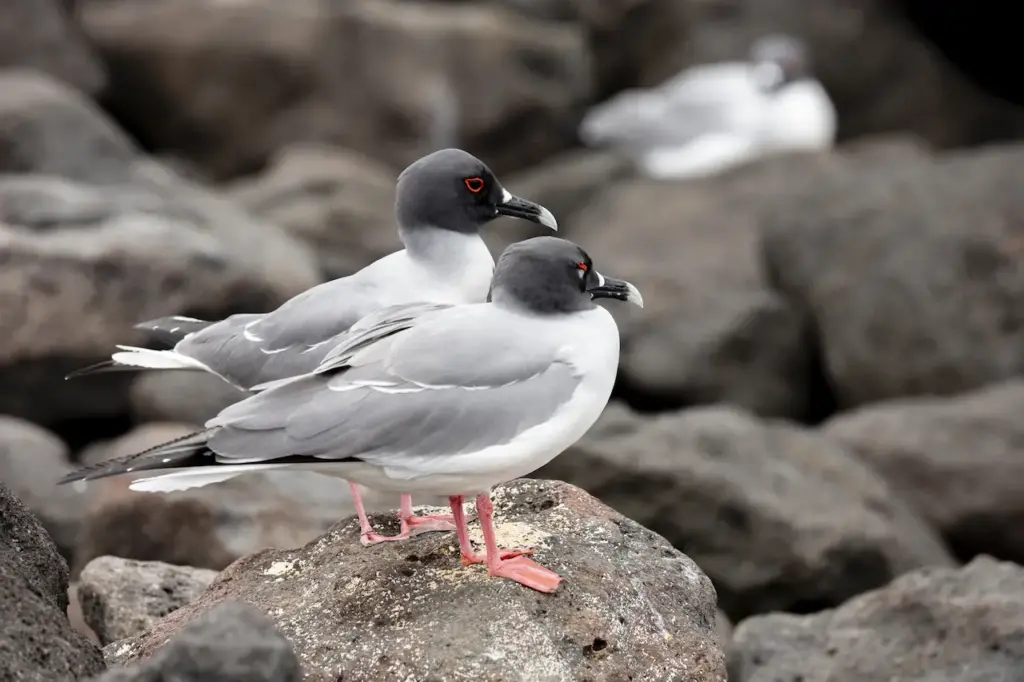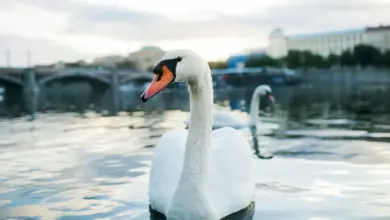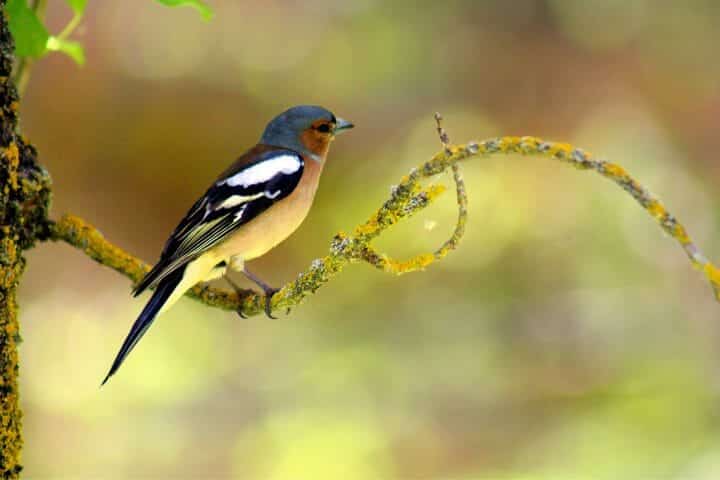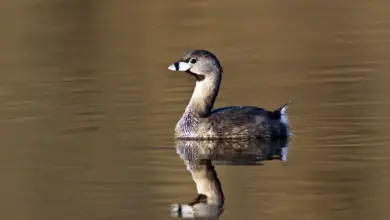There is something about gulls that makes people look upon them as second-class birds, usually lumped into the vague category of “seagulls”.’
Is it that gulls are numerous, and therefore seem commonplace? Or is it that they turn us off because some of them eat gross things like garbage, or dead things? Maybe it’s because they have become so familiar, like family members, or people we work with, or see every day, that we no longer notice any individual features about them? Even if they no longer register, there are sharp different features among them.

When gulls are young, their “baby” feathers of browns and grays, hardly make them the object of any oohs or aahs. But as they pass through their second year, or third year when they get their mature plumage, the distinct features of their individual species become sharper in their colors and markings. Their behavior also helps to identify their biological group.
Herring Gulls
Because of its ability to eat almost anything, live and nest almost anywhere, the Herring Gull is found almost everywhere, and in large numbers
They have now moved into large urban areas in quest of the abundance of garbage found therein. (Thank goodness for any help with our growing waste disposal problems.)
Ringed-bill Gull
With its mainly white body, an almost identical appearing (and also numerous) gull is commonly confused with the Herring Gull. But the Ringed-bill Gull has a black band around its yellow bill rather than a red spot on the Herring. The Ring-billed is slightly smaller. Most of the gulls we see around the East Coast belong to the two species, but there are others.
Bonaparte’s Gull
A Bonaparte’s Gull is a quiet, small, tern-like, black-hooded, black-billed, with black-tipped wings, bird with red legs. In winter, its head is white with a small black spot behind the eye. It nests in pine trees away from the coastline to raise its young. It is also a distinct feeder, skimming along the water surface to snatch up small fish, or diving delicately like a tern into the water to catch a worm or small crab.
Laughing Gull
When you hear a laughing sound above (from a gull whose bird’s-eye view of human nature might be the source of its amusement), it’s a Laughing Gull.
This small (slightly larger than a Bonaparte’s), black-hooded, red-billed, bird is a welcomed sight, for it is a big-time bug eater that helps to keep the insect population in check, especially, pesky, biting flies.

Great Black-backed Gulls
The “granddaddy” of all the gulls can be seen frequently soaring high above the others. The Great Black-backed Gull is BIG, and his name describes his appearance except for his yellow bill with a red spot. He eats everything and often.
Each species of gull looks and, in ways, acts differently. So next time you see a gull, take the time to look for those items that make it unique among its kind. You might give this a try with people you deal with every day.





